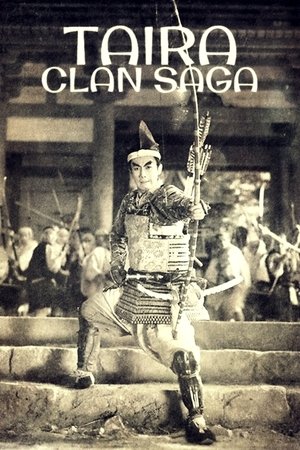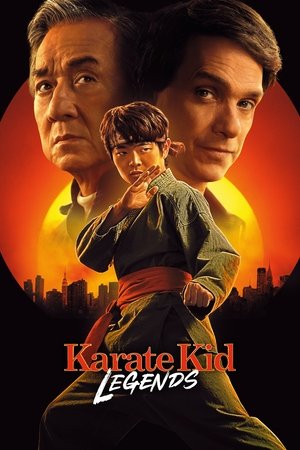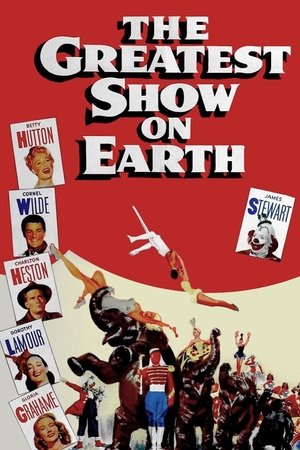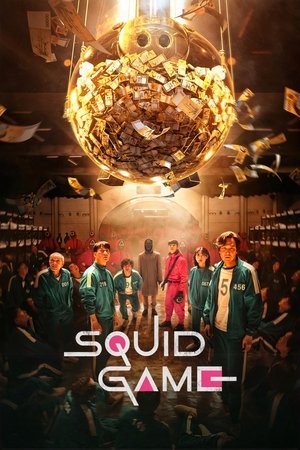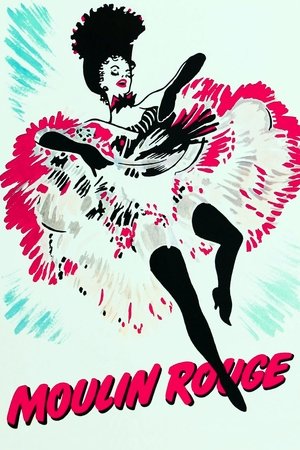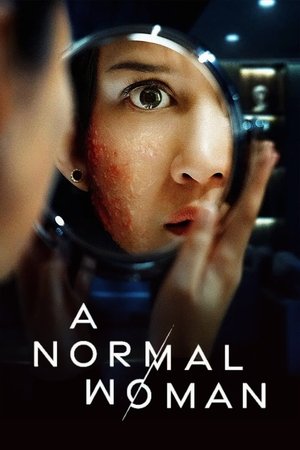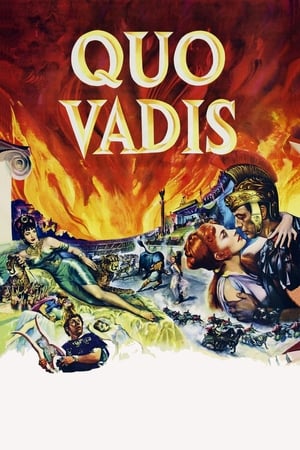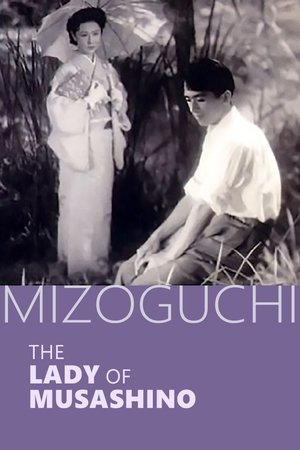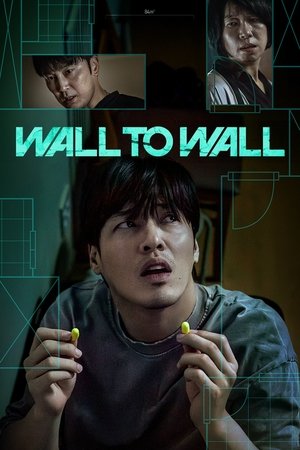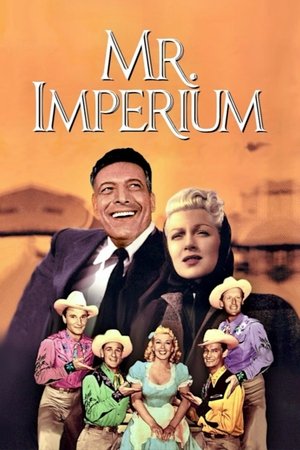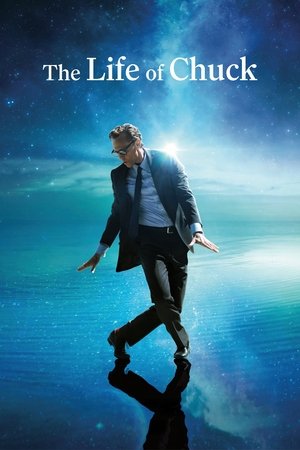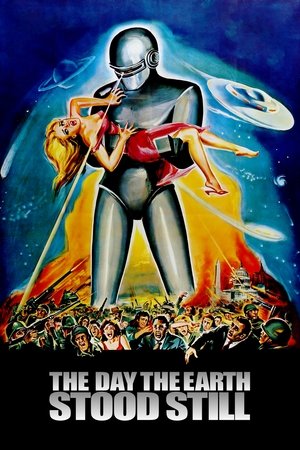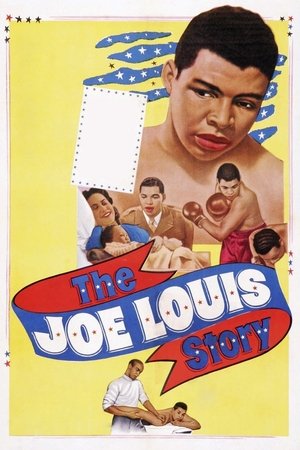Taira Clan Saga (1955)

| Director | Kenji Mizoguchi |
| Cast | Akitake Kōno, Eijirō Yanagi, Eitarō Shindō, Fujio Harumoto, Hiroshi Mizuno |
| Year | 1955 |
| Country | Japan |
| Genres | Drama, History |
| Duration | 108 min |
| Release | 21 Sep 1955 |
| Language | 日本語 |
| Revenue | N/A |
| Trailer | Watch Trailer |
Synopsis
Japan, 1137. The Taira family, a samurai clan, becomes involved in the disputes between Emperor Toba and the monks of Mount Hiei.
In the year 1137, during a time when Japan was a tapestry of political intrigue and spiritual conflict, the Taira family, a renowned samurai clan, found themselves ensnared in a monumental struggle. The tensions were palpable as Emperor Toba’s ambitions clashed with the entrenched power of the Mount Hiei monks. This historical backdrop is vividly brought to life in the classic film “Taira Clan Saga,” a cinematic masterpiece directed by the talented Kenji Mizoguchi.
“Taira Clan Saga,” released in 1955, captures the essence of a nation on the brink of transformation. The film is masterfully directed by Kenji Mizoguchi, a luminary in Japanese cinema known for his intricate storytelling and exquisite visual style. Mizoguchi’s direction in this film is nothing short of extraordinary, as he delicately handles themes of loyalty, power, and sacrifice that are deeply woven into the fabric of Japanese culture.
The film is bolstered by a remarkable cast that brings the narrative to life with exceptional depth and emotion. Kinnosuke Nakamura stars as Kiyomori, a fierce and ambitious leader of the Taira clan, whose character arc is central to the unfolding drama. Alongside Nakamura, Yoshiko Kuga delivers a memorable performance as Tokiko, a woman torn between love and duty, embodying the personal struggles that mirror the larger conflicts of the era.
Mizoguchi’s ability to evoke the grandeur and complexity of the Heian period is further enhanced by the film’s stunning cinematography. The film’s visual style reflects the director’s keen eye for detail, capturing the beauty and brutality of a world in flux. The interplay between light and shadow, combined with meticulously crafted sets, immerses viewers in a bygone era where every frame tells a story of its own.
The narrative itself is a rich tapestry of historical drama, exploring the intricate relationships between the Emperor, the samurai, and the monks. As the Taira clan becomes embroiled in the power struggle, viewers are taken on a journey through the corridors of power and the murky waters of political intrigue. The film does not shy away from depicting the moral ambiguities faced by its characters, leaving audiences to ponder the nature of loyalty and power.
“Taira Clan Saga” is not just a historical drama; it is a work that speaks to universal themes, making it relevant to audiences even today. The film’s exploration of the human condition, set against a backdrop of societal upheaval, resonates with those who appreciate stories that challenge and inspire.
Despite its historical setting, the film has garnered attention and praise from international audiences. It holds an impressive rating on IMDb, reflecting its enduring appeal and the critical acclaim it has received over the years. The film is celebrated for its authentic portrayal of a pivotal time in Japanese history, as well as its exploration of timeless themes that transcend cultural boundaries.
For those interested in delving deeper into this cinematic gem, more information can be found at Taira Clan Saga (1955) This resource provides further insights into the film’s creation, offering a detailed look at the context and artistry behind this classic work.
In terms of genre, “Taira Clan Saga” can be classified as a historical drama, but it also offers elements of epic storytelling that elevate it beyond typical genre conventions. Its exploration of fate, honour, and destiny places it within a broader context of epic narratives, drawing comparisons to other great works of historical cinema.
In conclusion, “Taira Clan Saga” is a testament to Kenji Mizoguchi’s directorial genius and remains a significant contribution to the world of film. It is a compelling exploration of a tumultuous period in Japanese history, brought to life through masterful storytelling and outstanding performances. For anyone interested in the intersection of history, culture, and human drama, this film is a must-see, providing both an engaging narrative and a deeper understanding of the era it depicts.

